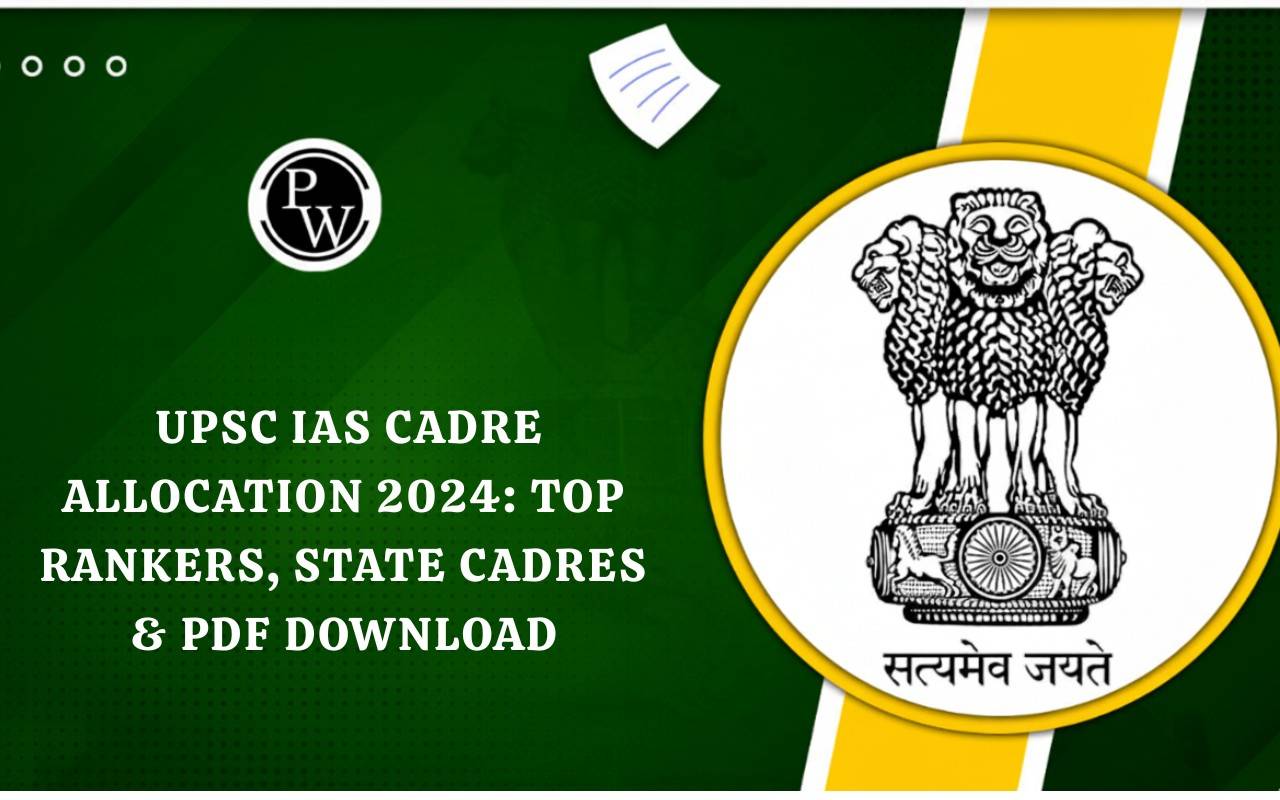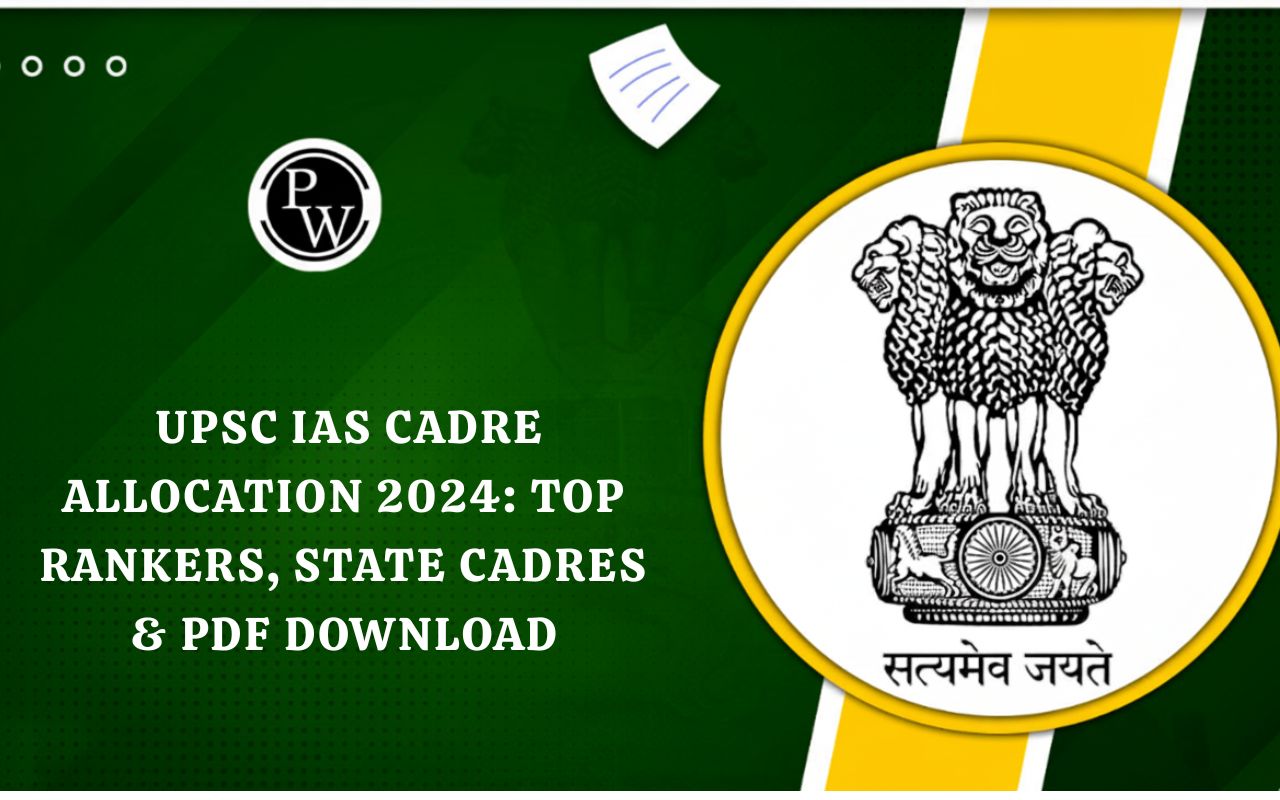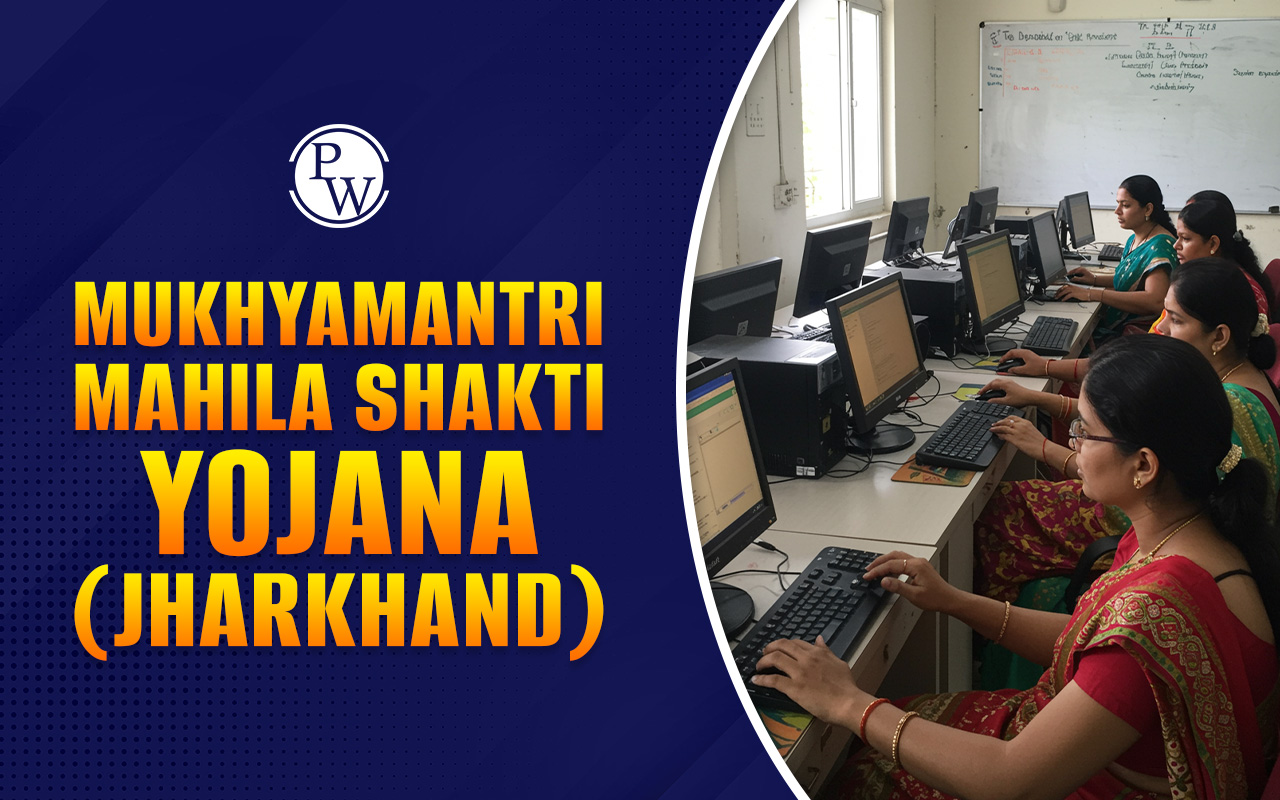
AMRUT Scheme is a flagship program of the Government of India. AMRUT stands for Atal Mission for Rejuvenation and Urban Transformation. The main goal of this mission is to improve the quality of life for people living in cities.
The scheme focuses on providing basic urban services to all households. These essential services include water supply and sewerage connections. The mission aims to make cities more liveable and sustainable.
AMRUT Scheme Overview
Atal Mission for Rejuvenation and Urban Transformation (AMRUT) Scheme is a flagship initiative of the Government of India aimed at upgrading urban infrastructure. It has been implemented in two phases: AMRUT 1.0 (2015-2020) and the ongoing AMRUT 2.0 (2021-2026).
|
AMRUT Scheme Overview |
||
|
Feature |
AMRUT 1.0 |
AMRUT 2.0 |
|
Full Name |
Atal Mission for Rejuvenation and Urban Transformation |
Atal Mission for Rejuvenation and Urban Transformation 2.0 |
|
Launch Date |
June 25, 2015 |
October 1, 2021 |
|
Mission Period |
5 years (FY 2015-16 to 2019-20) |
5 years (FY 2021-22 to 2025-26) |
|
Implementing Ministry |
Ministry of Housing and Urban Affairs (MoHUA) |
Ministry of Housing and Urban Affairs (MoHUA) |
|
Total Indicative Outlay |
₹50,000 crore |
₹2,99,000 crore |
|
City Coverage |
500 cities and towns (with a population of over one lakh) |
All Statutory Towns in India (~4,800) |
|
Core Focus Areas |
Five Thrust Areas: 1. Water Supply 2. Sewerage & Septage Management 3. Storm Water Drainage 4. Urban Transport (Non-motorised) 5. Green Spaces & Parks |
Universal Coverage Focus: 1. Universal Water Supply (in all statutory towns) 2. Universal Sewerage/Septage Management (in 500 AMRUT cities) |
|
Key Objectives/Goals |
Ensure basic services in 500 cities to improve quality of life. |
To make cities 'Water Secure' and 'Self-Sustainable' through a Circular Economy of Water. |
|
Key Initiatives/Features |
Approval of State Annual Action Plans (SAAPs) |
Pey Jal Survekshan (Water Survey) to promote competition. Promotion of Circular Economy of Water (Recycling/Reuse). Focus on reducing Non-Revenue Water (NRW). Technology Sub-Mission to leverage global technologies. |
AMRUT Scheme Launch Date and Ministry
The original AMRUT Mission was first launched in June 2015. The exact date was June 25, 2015.
AMRUT Scheme Under Which Ministry
The mission was started by the government under the former Ministry of Urban Development (MoUD). Later, this ministry was renamed. Currently, the AMRUT Scheme is managed by the Ministry of Housing and Urban Affairs (MoHUA).
Objectives of the AMRUT Mission
The core purpose of the mission is to create robust urban infrastructure. It focuses on five main areas known as the Thrust Areas.
-
Water Supply: Ensuring every household has a tap with a dependable water supply. This includes building and upgrading water treatment plants.
-
Sewerage and Septage Management: Providing a proper sewerage system for all homes. It includes the construction of sewage treatment plants.
-
Storm Water Drainage: Building better drains to reduce flooding during heavy rains.
-
Green Spaces and Parks: Developing and maintaining greenery and open areas in cities. Special attention is given to spaces for children and the elderly.
-
Non-Motorised Urban Transport: Promoting public transport and building facilities for walking and cycling. This helps in reducing pollution.
AMRUT 2.0 Scheme
The first phase of the AMRUT mission was a great success. Building on this foundation, the government launched an expanded and more advanced version.
AMRUT 2.0 Scheme Details
-
Launch Date: AMRUT 2.0 was launched on October 1, 2021.
-
Duration: The mission will run for five years. It is scheduled to be implemented from the financial year 2021-2022 to the financial year 2025-2026.
The main aim of the AMRUT 2.0 scheme is to make Indian cities "water secure" and "self-reliant" (Aatma Nirbhar).
Key Focus of AMRUT 2.0
-
Universal Coverage: The mission aims to provide complete water supply coverage to all urban households in all statutory towns, which is about 4,800 towns.
-
Sewerage Management: It aims for universal coverage of sewerage and septage services in the 500 cities that were covered in the first phase.
-
Circular Economy of Water: A major focus is on recycling and reusing treated wastewater. This helps to conserve and augment water sources.
-
Rejuvenation of Water Bodies: The scheme also focuses on reviving water bodies like lakes and ponds.
-
Technology: It uses new technologies for better water management through a dedicated Technology Sub-Mission.
AMRUT Scheme FAQs
What is the AMRUT scheme?
When was the AMRUT Scheme launched?
Which cities are covered under AMRUT?
What are the main objectives of AMRUT?
How is AMRUT funded?










